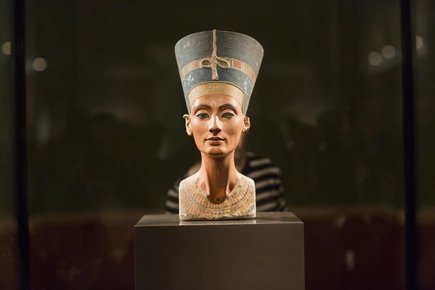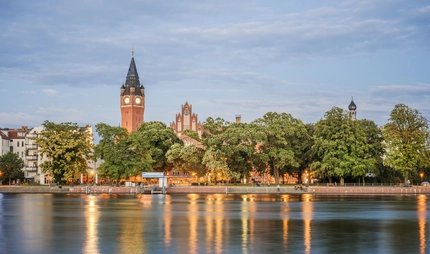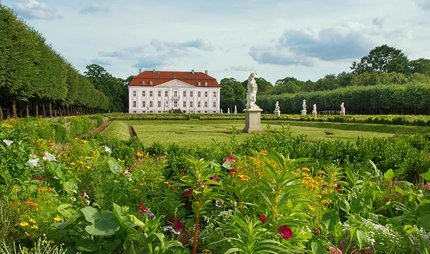
Schloss Köpenick
A royal residence and a military tribunal
Also known as the Water Palace, Schloss Köpenick is idyllically located on an island in the Dahme. Let it enchant you!
Schloss Köpenick is idyllically situated on an island in the river. Locals call the Baroque building the Wasserschloss (Water Palace) and it is the only Baroque building in Berlin to survive in its original state.
Early history
In the 8th century, long before the Hohenzollerns and Kings of Prussia, Slavs built a castle on the island where the palace now stands. The Ascanians conquered the area and the castle after driving out the Slavs in the mid-13th century. The next significant event in the prehistory of the palace happened in 1558, when Elector Joachim II of Brandenburg built a Renaissance-style hunting lodge on the island.
From a Renaissance castle to a Baroque palace
Friedrich – the third son of the Great Elector, Friedrich Wilhelm – was granted the estate in Köpenick to build a palace. The Renaissance castle was completely demolished and replaced with a three-storey Baroque building. Rutger van Langervelt and Johann Arnold Nering were the architects who designed it. Work on the palace continued until 1690. The Italian Giovanni Caroveri embellished the Water Palace with the finest stuccoes to be found north of the Alps. The prince – later crowned King Friedrich I of Prussia – only lived in the palace for a short time together with his wife Elisabeth Henriette. She died young, but it was she who initiated the building on the island of the Margraviate of Brandenburg’s first Protestant palace church, where concerts are now often held.
The court case
Once the prince inherited the title of Elector, the palace in Köpenick was only used as a summer residence, and when Friedrich remarried, it lost even that status: Charlottenburg became the new summer residence. However, the location in Köpenick was an attractive one for hunting, which means that the Baroque castle was once again a hunting lodge.
Things heated up at the palace in 1730, when the Prussian court-martial met in its heraldic room. The young crown prince Friedrich – later known as Frederick the Great – was accused of desertion. A traitor to his own land? This was intolerable to his father Friedrich Wilhelm I, who was known as the Soldier King. The crown prince was found guilty and sent to prison in Küstrin.
The Kunstgewerbemuseum
The branch of Berlin’s Kunstgewerbemuseum that is housed in Schloss Köpenick is a museum of interior design, with ornaments, silverware and furniture in the Renaissance, Baroque and Rococo styles all on show. There are 21 rooms, showing how the bourgeois and the nobility lived in those times. The highlight is the restored heraldic room.
April to September:
Wednesday to Friday 11:00 to 17:00
Saturday and Sunday 11:00 to 18:00
Monday and Tuesday closed
October to March:
Thursday to Sunday 11:00 to 17:00
Monday to Wednesday closed



